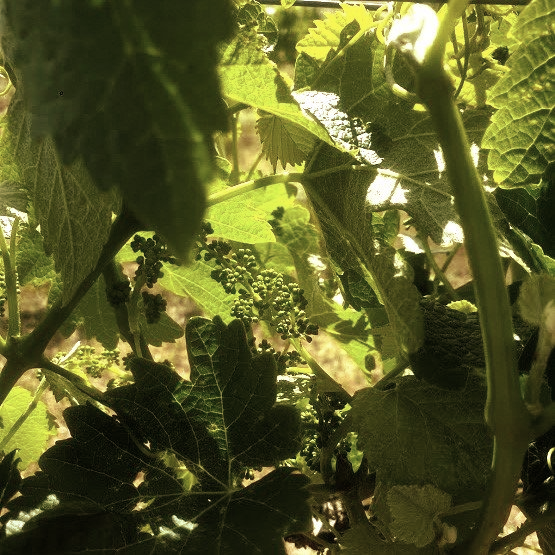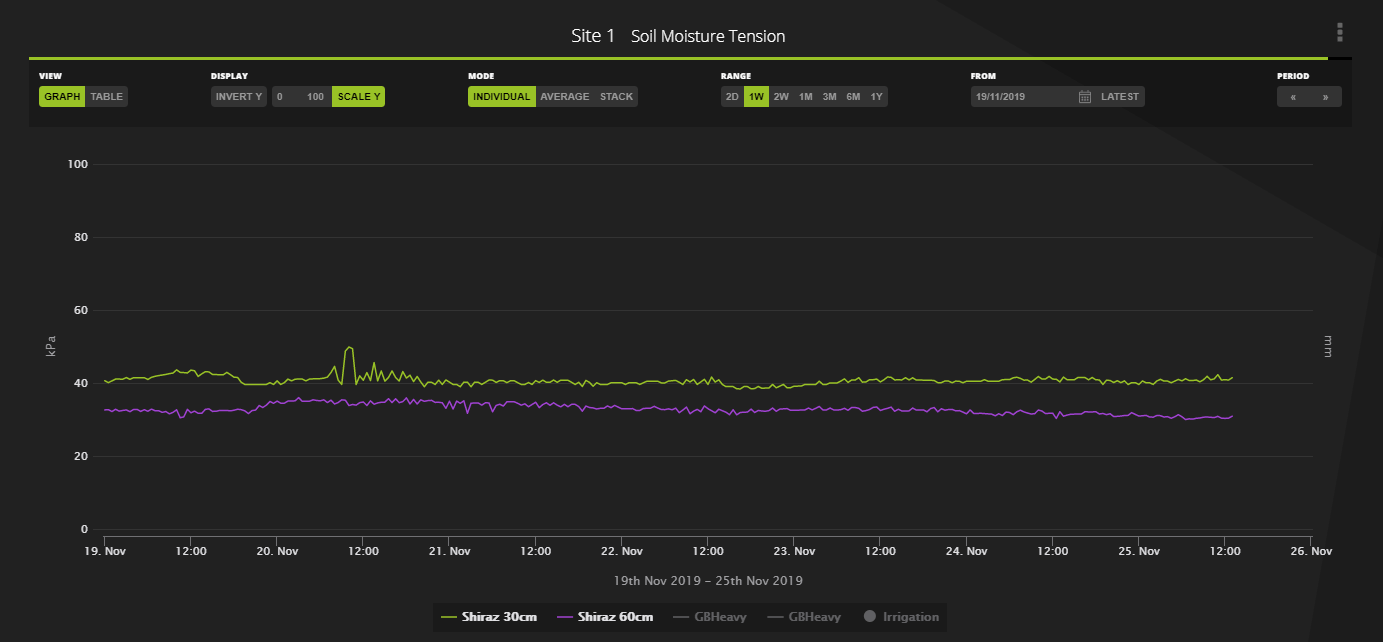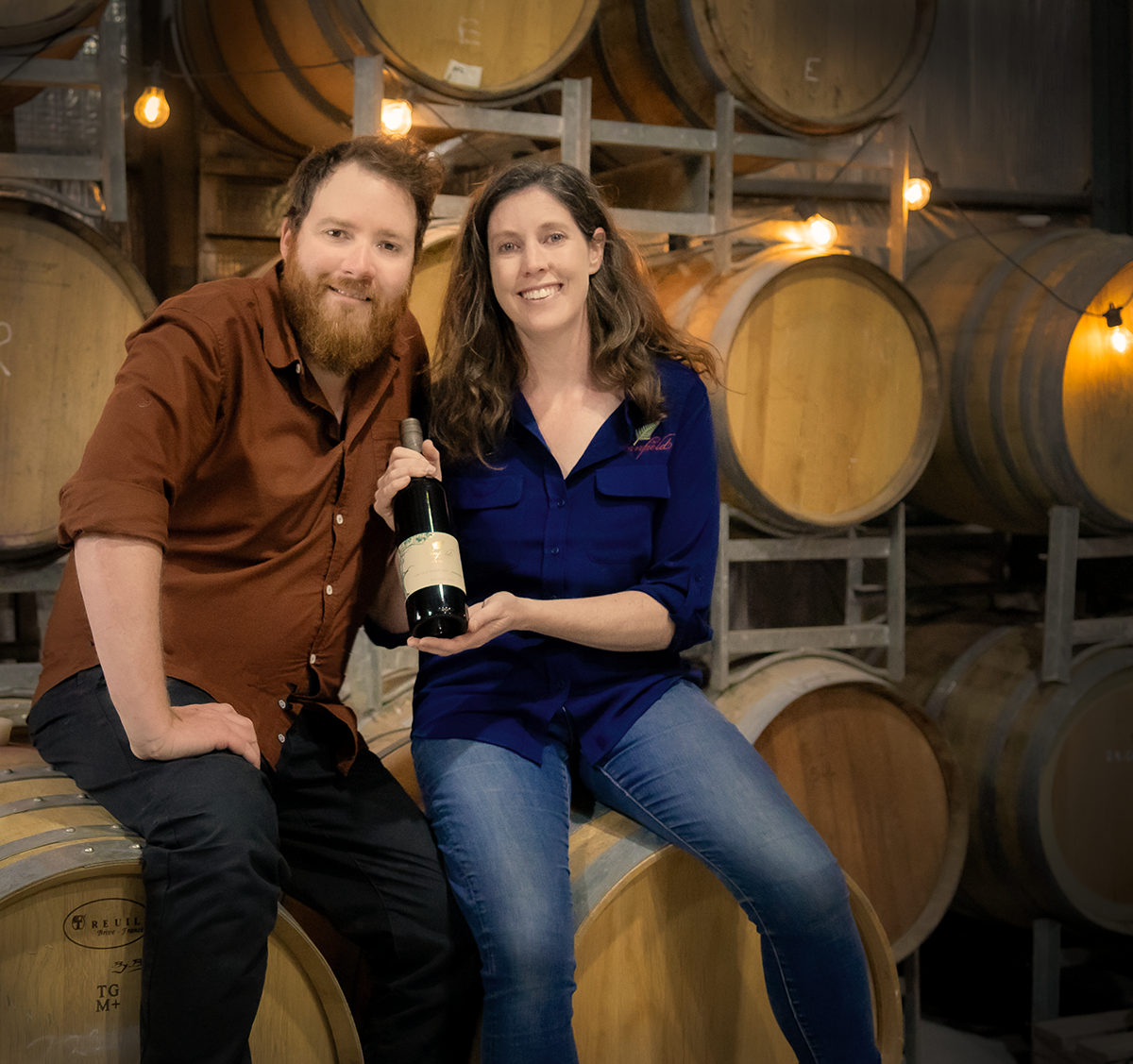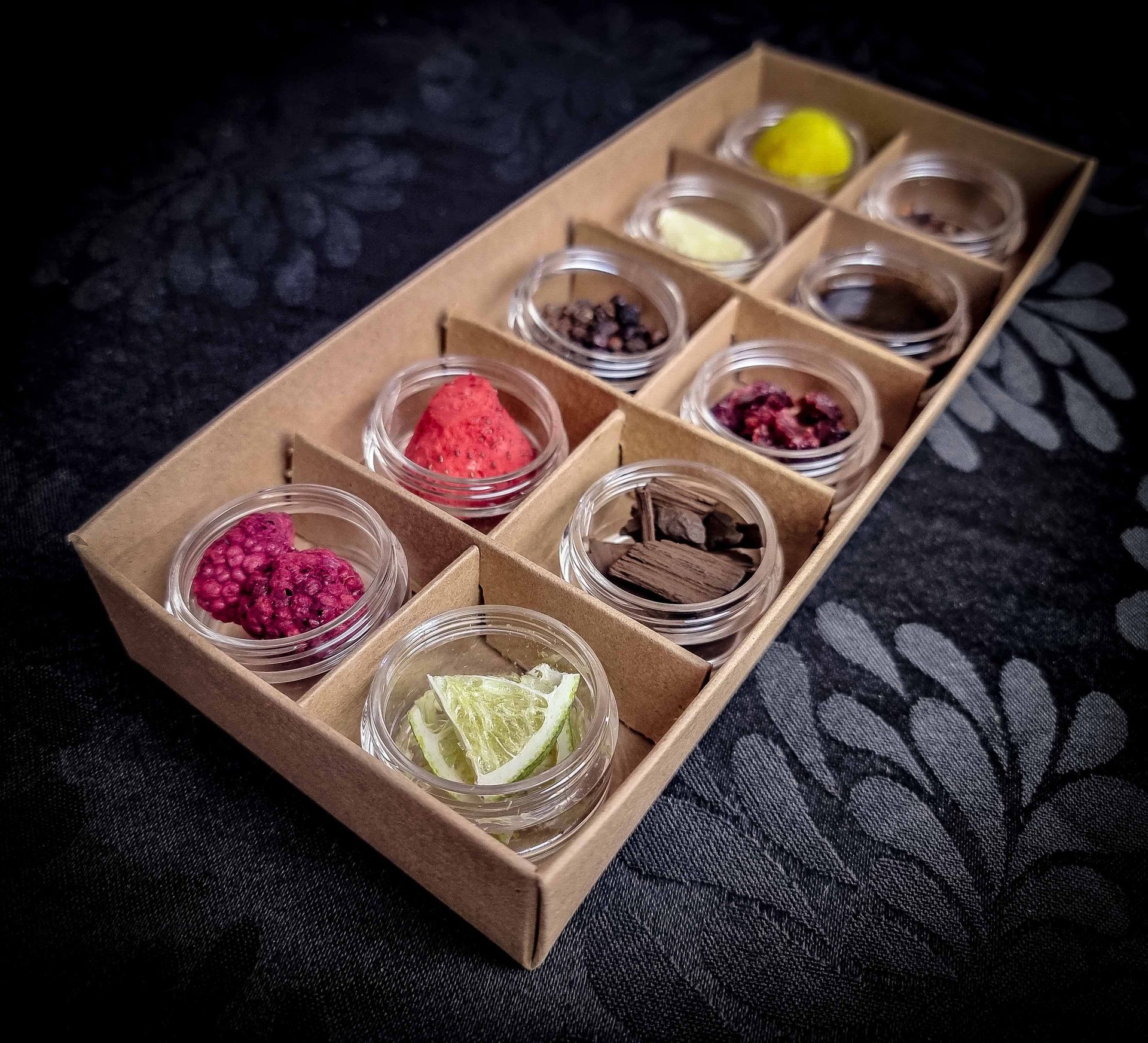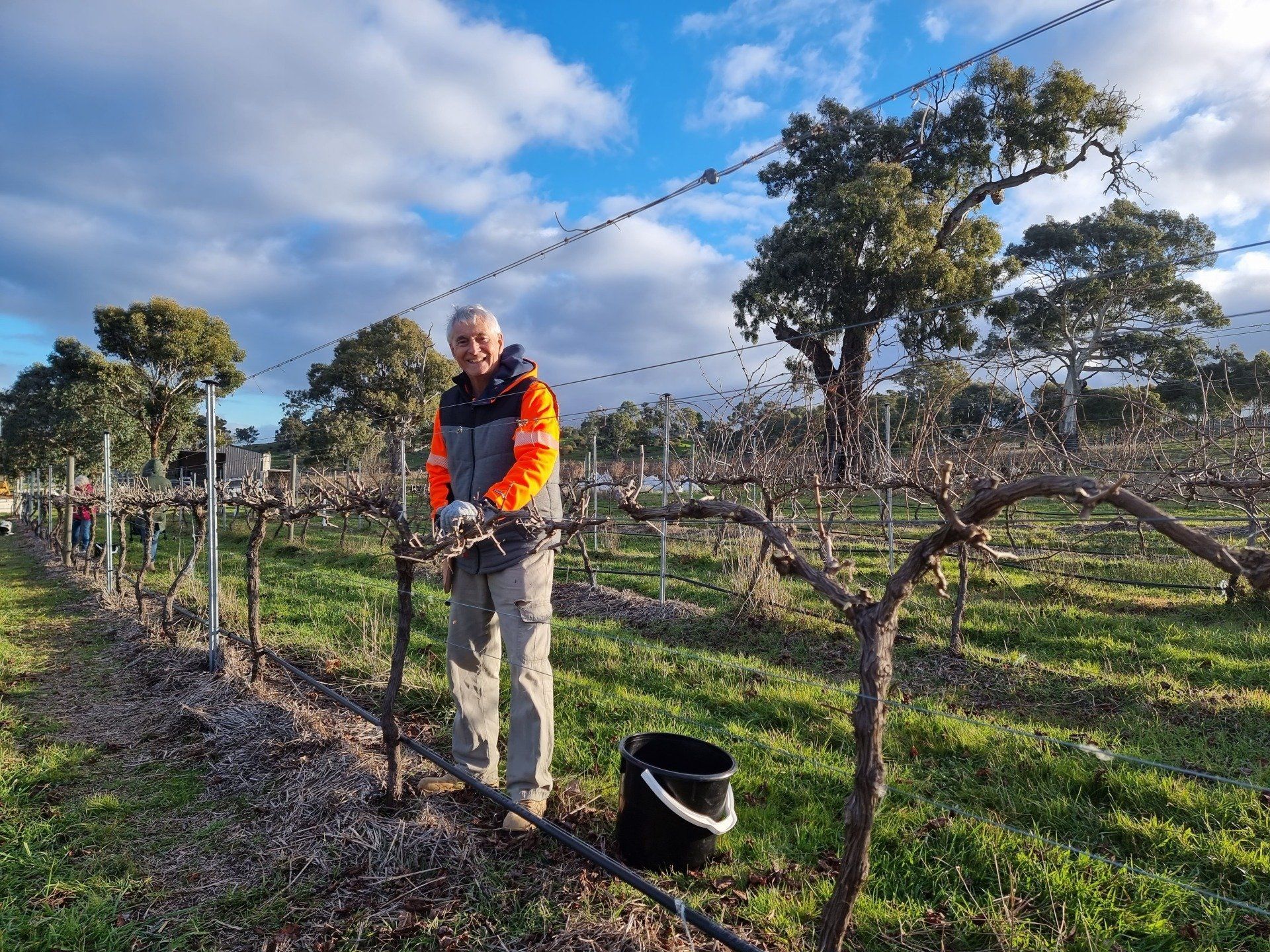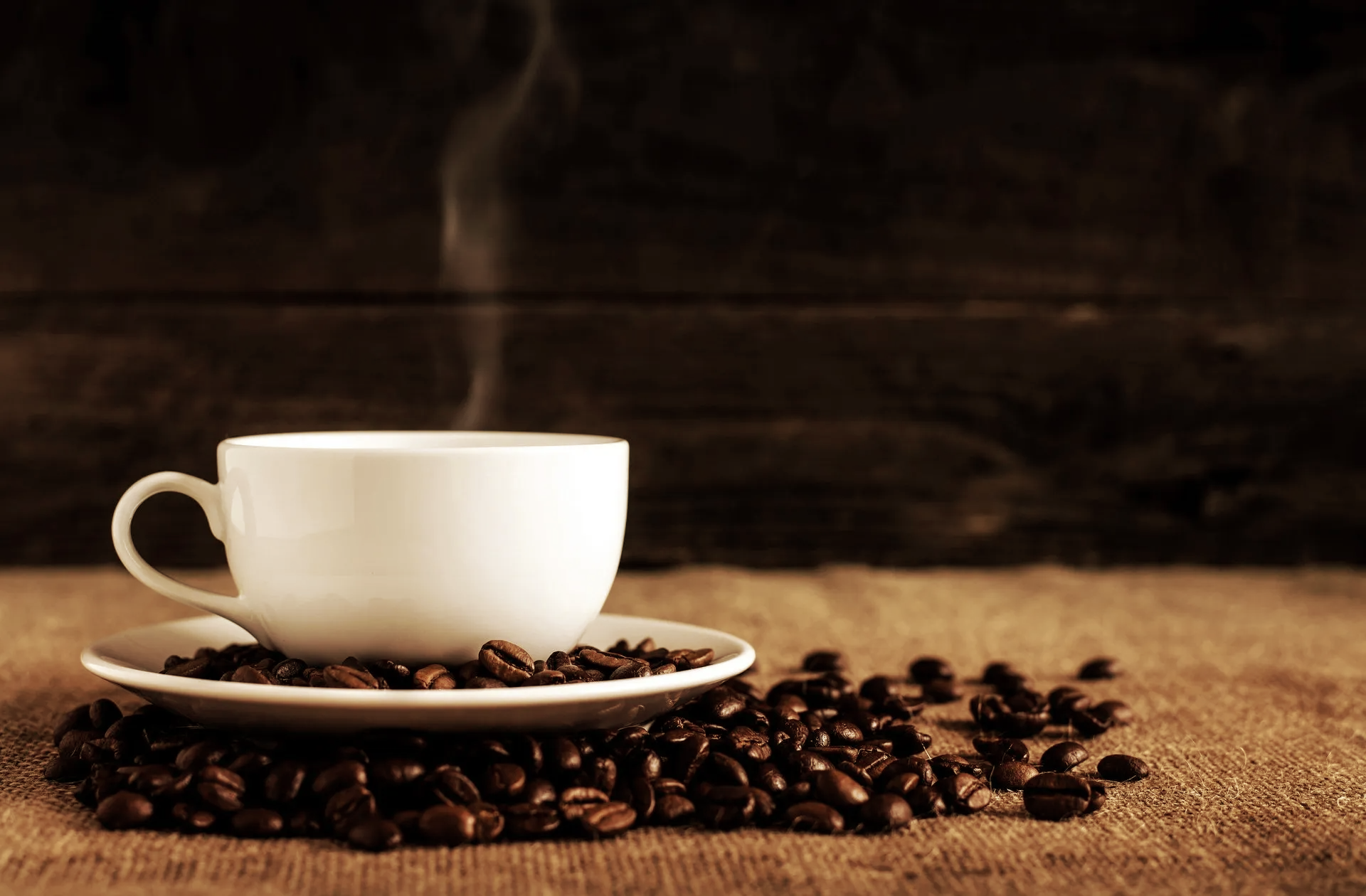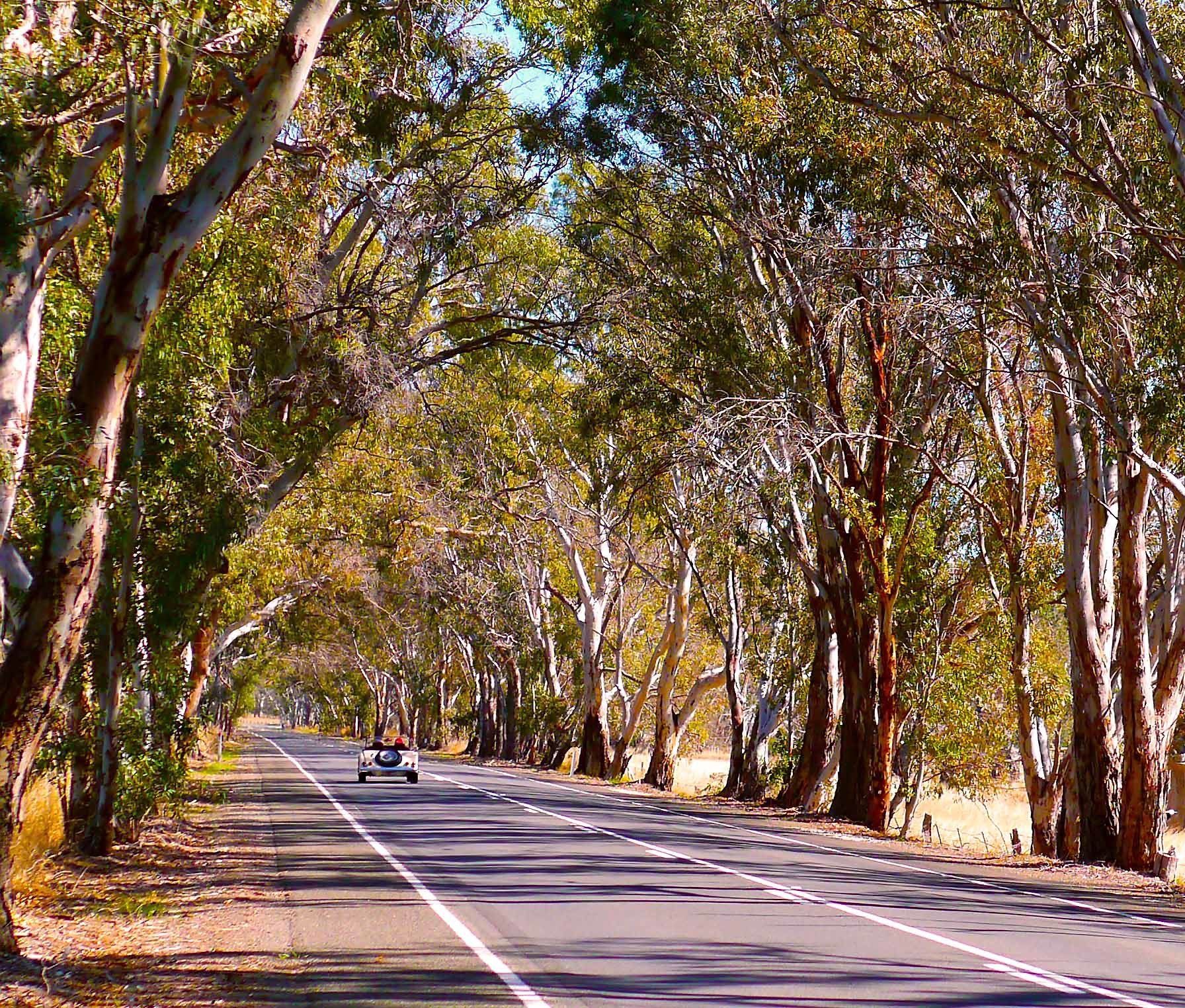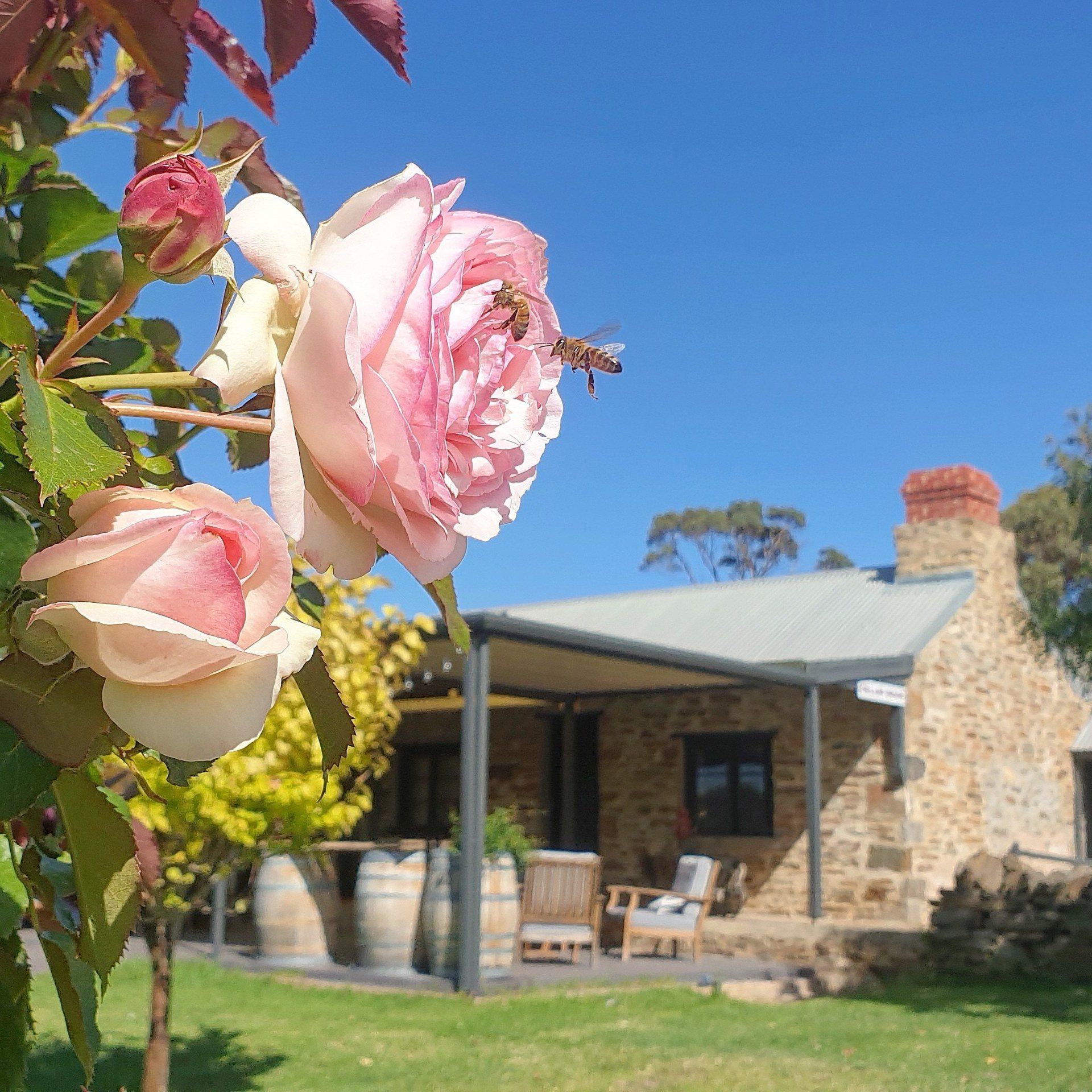Spring Vineyard Management
November 26, 2019
Spring is a hugely important time for optimising wine quality - even though the wine isn't even in berry-form yet!
The season so far has been a mixed-bag. Like most of Australia, Eden Valley is very dry, and late frosts were threatening, but the canopies are looking good and the bunches are promising.
Maybe it's just because we're a family of farming nerds, but we find the complexities in vineyard management fascinating - there's so much to think about to maximise grape quality and yield.
For those into the science of wine, here's a few vineyard topics on our minds this time of year:
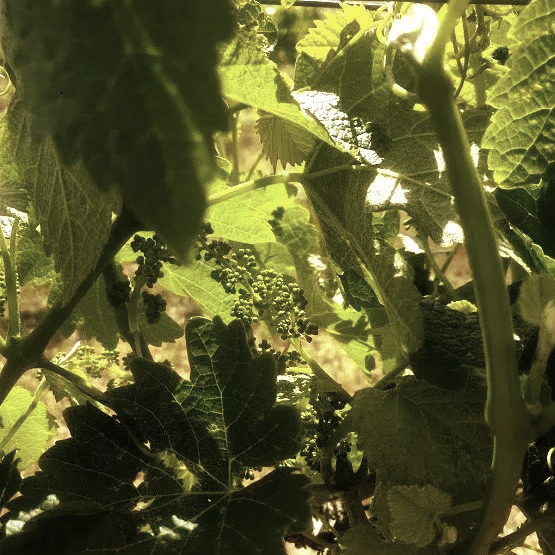
Canopy Management
Managing vine canopy is a precarious balance between a range of factors - the right sunlight for grape quality, ripening rate, sunburn risk and disease are all quite important, and there's also water efficiency, ease of managing bird nets, and how pretty the vines look, to consider.
This year we are doing less manipulation than usual. We often remove excess shoots and pluck lots of leaves, but this year is dry and summer is forecast to be hot, so we're leaving a little more canopy for shade than usual, and will control any excess vigour through managing soil moisture.
"Our Shiraz uses a 'lazy ballerina' system"
Our Shiraz uses a 'lazy ballerina' system, where we use a series of wires to hold up the shoots, with the eastern side vertical but the western side angled out for more afternoon shade (hence the name, imagine a ballerina with one arm up and one lazy arm). Lazy Ballerina is great for airflow, balanced sun exposure and also looks quite nice! Some years we still need to pluck leaves in the Shiraz, but this year we think it looks perfect as is.
Soil Moisture
We've teched-up our operation this year, investing in bluetooth soil moisture monitoring. In years of drought like this, grape quality factors will suffer without watering in our vineyard, but it's a delicate balance, so soil moisture probes are a great way to accurately monitor what is happening under the soil (and give us pretty graphs to go 'ooh' at).
To grow the best quality grapes with reasonable yields, the vines need different soil moisture targets at different times. Before and during flowering (late spring), a nice moist soil is key in developing healthy bunches with good fruit set (lots of berries), and a solid canopy to provide the right shade and photosynthesis for ripening later in the season.
'A little stress can get quality results'
Once the berries have set, however, a little stress can get quality results in red varieties (known as deficit irrigation). Keeping the vines a little stressed results in multiple changes, with smaller berries one factor in a high skin to pulp ratio, the skin having a lot of the desirable wine characters we're looking for so the more the better. Deficit irrigation is also a good tool for making sure the vine doesn't concentrate on canopy growth, which wastes energy and water and can delay ripening.
Later again, after the berries change colour (known as veraison, which happens late Jan), studies have found no benefit from deficit irrigation, and there is a significant risk of yield loss in hot weather, so we prefer to reduce the stress on the vines during this phase, with minimal watering, only where required to sneak the soil moisture into a lower stress range. With our shiny new graphs, we can be much more precise in our irrigation scheduling - and save water, while maximising quality.
There's plenty of research by AWRI we love to get amongst and are happy to send links if you're interested in the detail.
The Two-Year Vine Cycle
A tricky detail about growing grapes is that unlike annual crops, vines have a 'memory' of the past conditions that lasts over multiple years. This means V'20 buds were developed last season, complete with a maximum number of bunches and berries already 'coded in'.
'Vines have a memory of the past'
This matters because it means that this year's 'best case' yield was already defined last season, in what was a really low yielding season. So even if everything went perfectly this season, we'd be starting off with a factor that needs to be accounted for in managing V'20. This also means that growers who have lost their crop this year due to frost will lose yield next year, but from a more positive perspective it means everything we do to look after the vines each season also benefits the next season.
This might be a little bit of detail for the punters at home, but fun to share.
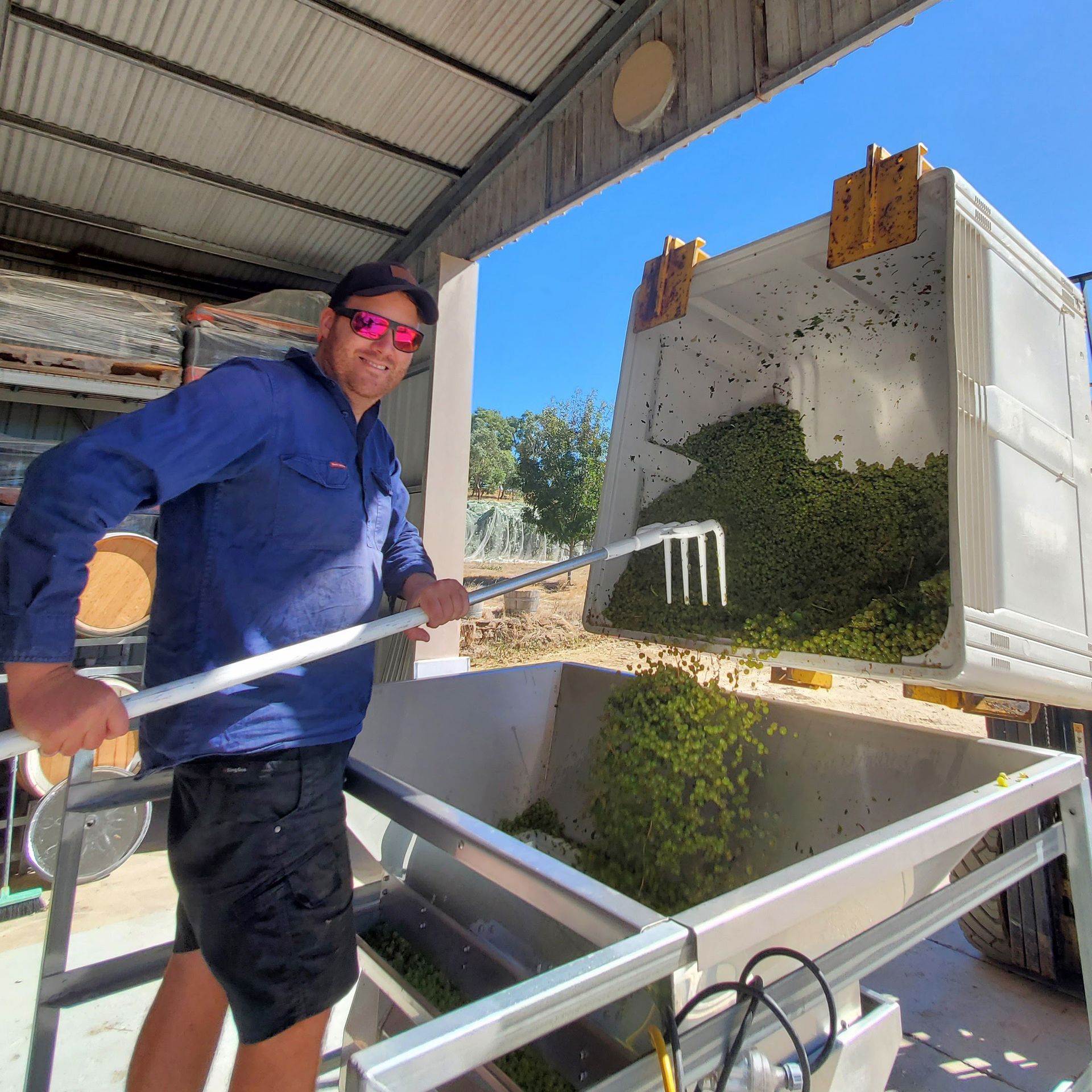
It's vintage time in the Barossa! In between picking, pressing and fermenting grapes, Scott and I are still meeting our customers at the cellar door each Friday, Saturday, Sunday and Monday. Below are answers to some of the most common questions we are asked during vintage time. How do we decide when to pick grapes? We use a range of factors to choose when to pick the grapes, with the most important being the various aspects of 'ripeness' of the fruit. these aspects include: Baume: This is the sugar content, and therefore alcohol potential, of the grape. Whites are usually ripe at around 10.5-13.5 Baume, and reds at 13-15 Baume, and in March conditions in Eden Valley most varieties ripen at about 0.8-1 Baume per week. This is a good rough indicator but because seasons and vineyards vary, it's not enough to know if the grape is ripe. Acidity: We measure the pH, and the 'titratable acidity' of juice, and it's more important in whites than reds. The titratable acidity is a better measure of how the wine will taste, a juice above 8.5g/L acidity will often be too tart (depending on the variety, style and sweetness we're aiming for), and many years we pick whites as soon as the acidity has dropped past 8.5. Grape taste & looks: As well as these simple measurements, we also look at a range of factors on the grape itself: How plump it feels, the colour of the seeds and stems, how thick the pulp is, and how the juice and skins taste. Based on these ripeness aspects, we will look at the weather forecast to predict how long it is until the grape is ready to pick. Hot weather ripens faster than cold, up to about 36deg. Above 36 it's possible for the vines to shut down and stop ripening entirely until the weather cools down, so it's important we test grapes just before and after heatwaves like the one we've just had. As we get closer to ripe we will test more and more often, to drill down to the exact date we want to pick. What do you do with the pressed grape skins? We feed them to our sheep!
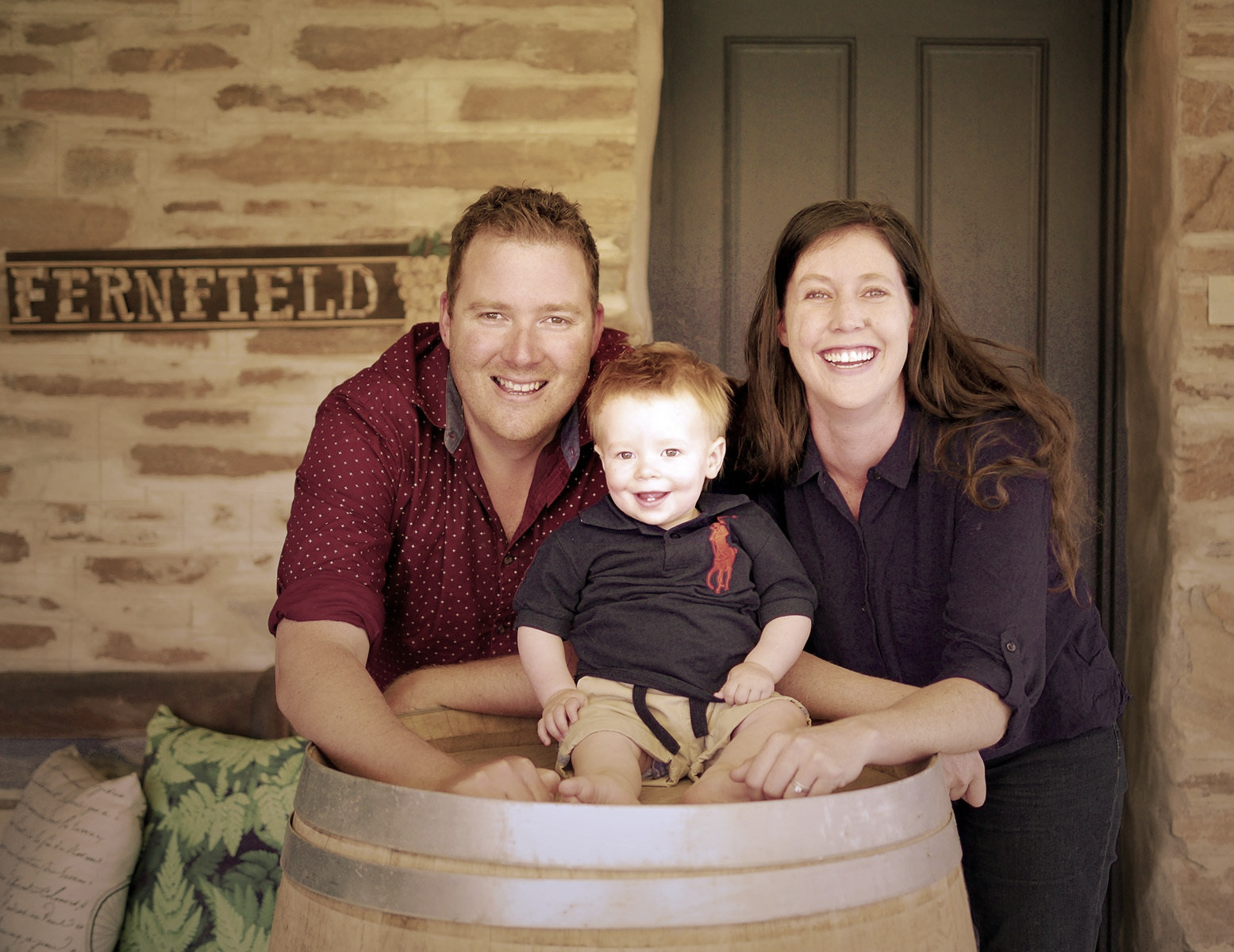
Managing our little cellar door during COVID has resulted in a number of learnings for us including a surprise one, that both our visitors and us have really enjoyed our booked experiences. Making an appointment means we can do a range of fun wine experiences which just can't work when we're flat out with lots of guests. This more personalised experience means plenty of one-on-one time to not only learn about our wines and all the winemaking, but also adapting to what you're feeling on the day such as a tour, getting through all the questions you might have about wine, maybe a little of the latest local banter or a serene picnic out on our lawn doing your own thing. We know sometimes booking can be a chore, so we've made it as easy. We've set it up so you can book on our website, directly from Facebook or Google, the old fashioned way by just giving Bec a call on 0402 788 526 or send through an email on rebecca@fernfieldwines.com.au. We are really happy to have you visit whatever way works best for you. Unique Experiences
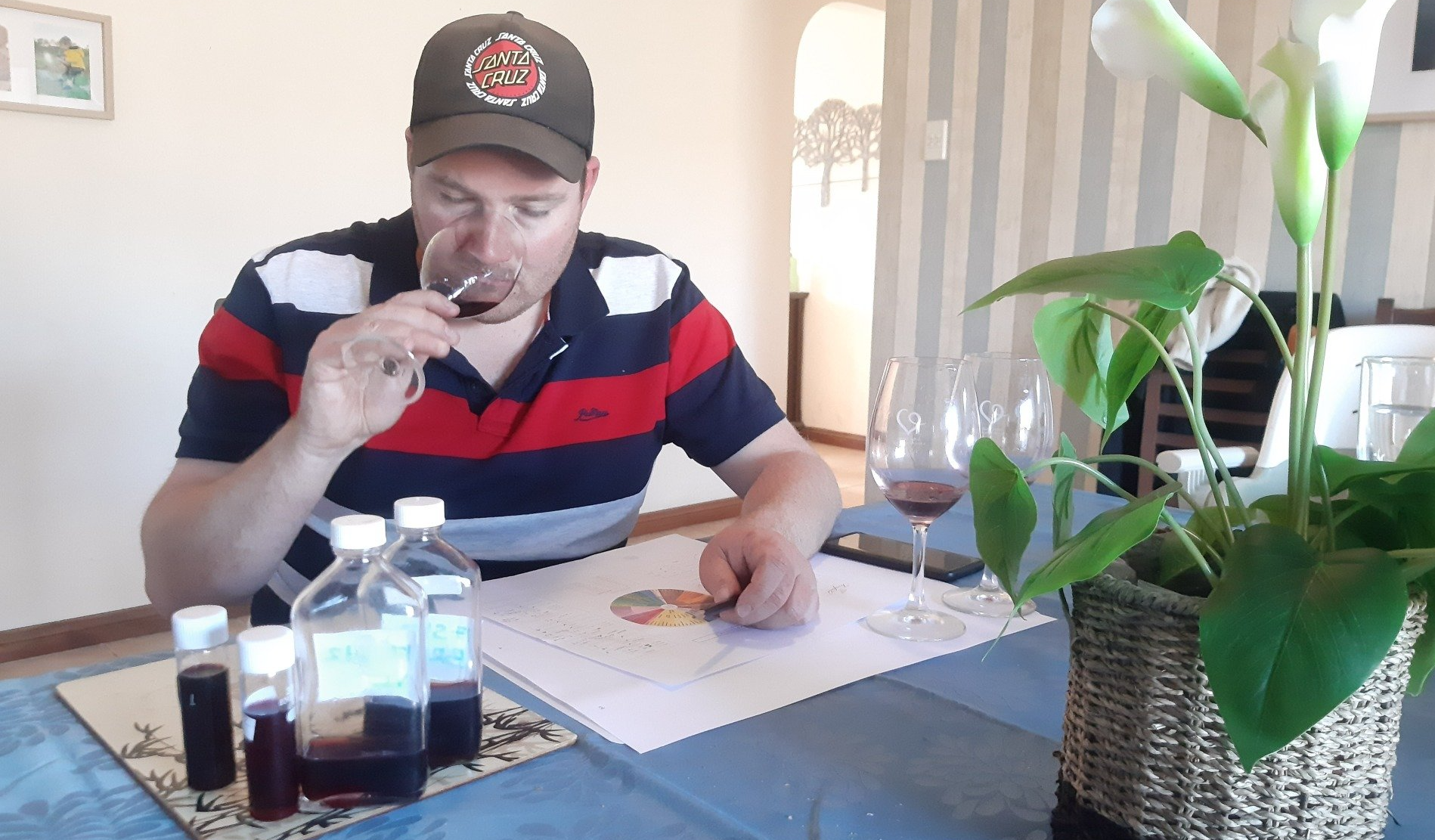
I ntroduction: An Imperfect Science There's often talk of wine tasting being an art, rather than a science. Wine chemistry is definitely a complicated form of science, but the current technology just isn't good enough to measure many wine aromas, and here arises the art. For example, a recent study on wine compounds called mercaptans* could measure down to a very impressive 0.0000000001%, however the human nose can still detect smaller quantities 1 .


